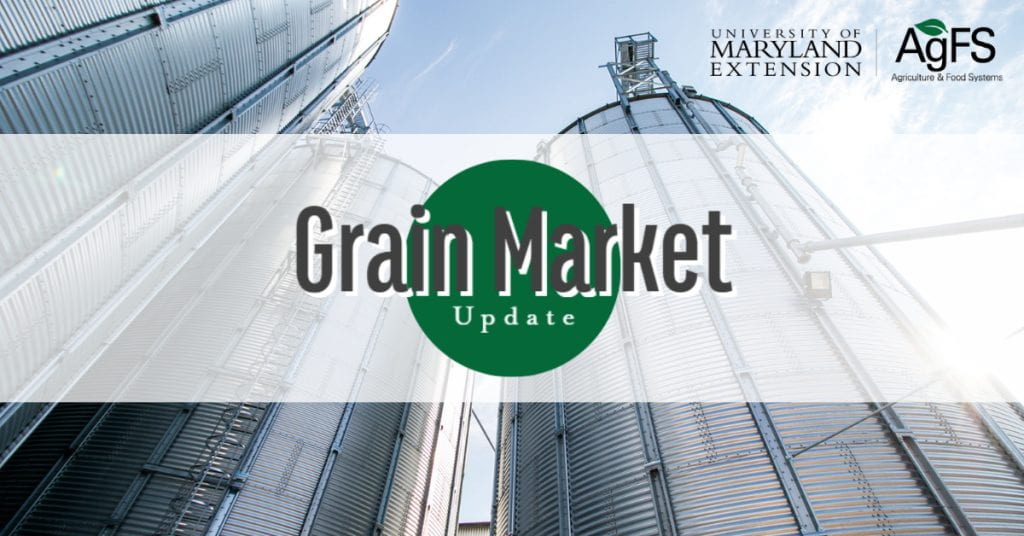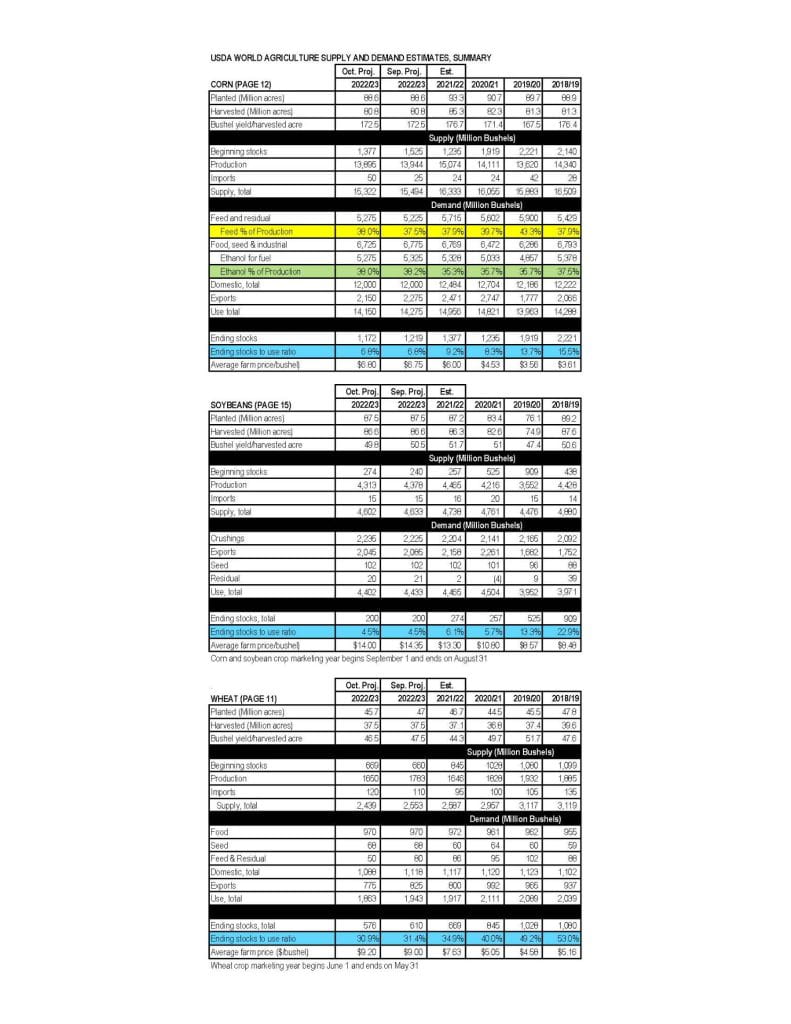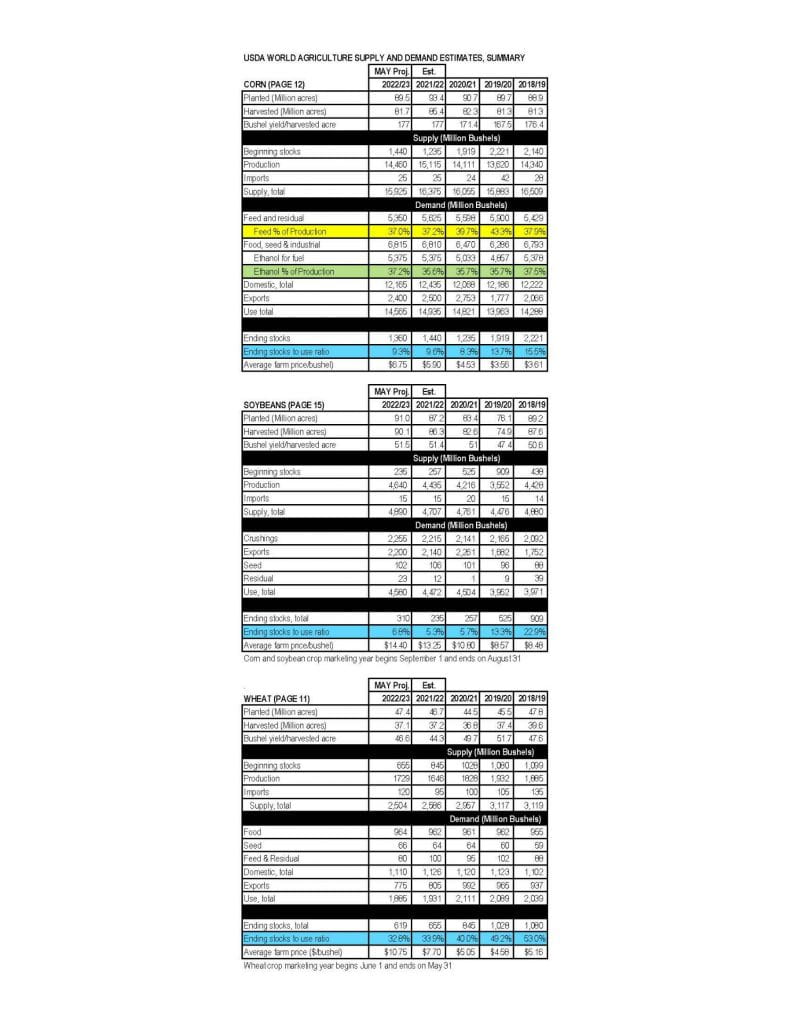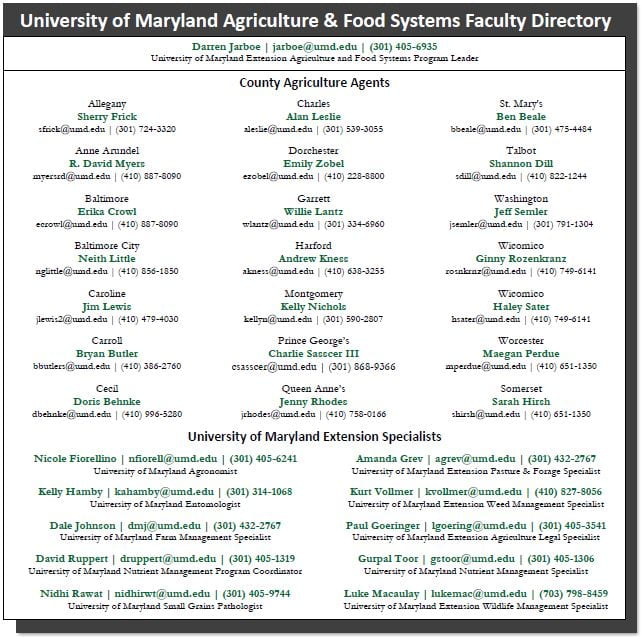Andrew Kness, Senior Agriculture Agent | akness@umd.edu
University of Maryland Extension, Harford County

Tar spot is a foliar disease of corn caused by the fungus Phyllachora maydis and we confirmed it for the first time in Maryland from a grower field in Harford County in 2022; however, it is likely that it has been present in fields at low levels earlier than the 2022 growing season. Weather conditions across northern Maryland and Southern PA in August and September were favorable for tar spot development and pockets of disease outbreaks were reported, leading to much discussion about the disease amongst farmers and ag service providers over the 2022-2023 winter months about what to do to manage this disease in the future.
The pathogen that causes tar spot is favored by cool, wet weather. Tar spot spores overwinter in old corn crop residue and it seems to survive our winters just fine, as demonstrated by winter survival in Pennsylvania, as well as many northern corn belt states.
Temperatures between 60-70°F, coupled with 7+ hours of leaf wetness from dew, humidity, rain, or irrigation, trigger sporulation and subsequent spore germination on susceptible corn plants. Roughly 14-21 days later, signs and symptoms of tar spot will develop on corn plants in the form of small, raised black spots that have the appearance of tar or splattered black paint (Figure 1). These spots are the reproductive structures which provide secondary inoculum that repeatedly infect more tissue for as long as temperature and moisture conditions remain conducive.
In the Midwest where tar spot has been present since 2015, yield losses have been reported upwards of 60 bushels in bad years. It is also important to note that tar spot can make corn plants senesce and dry down much faster than normal, going from green to brown in 10-14 days under optimum conditions. This can make silage harvest tricky, which is why scouting is so important.
We do not know how prevalent and severe this disease will become in Maryland, so I encourage farmers to diligently scout corn fields to get ahead of it and also to determine where the disease is distributed. Scouting will also help you determine if a fungicide application is warranted. Fortunately, most fungicides that are labeled for corn do a fairly good job of protecting against tar spot, but there is data that suggests that the two and three way mode of action (MOA) products work better than single MOA products.
Fungicides should be applied as close to disease onset as possible; for tar spot this can be tricky because it can infect corn at any growth stage and it can still have significant yield impact as late into the season as R4. University research in the corn belt has found that the best chance for an economic return on investment is a single application around VT-R1; however, there are some instances where a second application was necessary but these were only when weather conditions for tar spot remained favorable during these later reproductive growth stages.
A few things to consider for tar spot management as we go into the 2023 growing season are as follows:
- Avoid highly susceptible hybrids, especially in corn-on-corn fields or if you have a field with history of tar spot. There is no complete resistance to tar spot in commercial corn hybrids, but we do know there is some variability in susceptibility. Work with your seed dealers to try to identify your best hybrids and plant them in these fields where you think tar spot may be a problem.
- Tillage and residue management appears to play a minor role in the management of this disease. Tillage may slightly reduce primary inoculum, but we need to keep in mind that tar spot spores can blow in from neighboring fields; so, I would not roll out the heavy tillage and blow up your no-till system just to try managing tar spot because it will only have a marginal effect.
- Corn-on-corn has a higher risk for developing tar spot, especially if the previous corn crop was infected. Rotate with other crops to break up this cycle. P. maydis only infects corn (including dent, sweet, and popcorn); all other crops are not hosts.
- Hybrid maturity also plays a role in disease severity. Research from the Midwest has shown that longer maturing hybrids suffer greater yield loss than shorter maturing hybrids. This is because the longer you push the grain fill period into the cooler late summer/fall months, the more likely tar spot will infect during earlier grain fill growth stages.
- Scout fields this year starting a little before tasseling through to maturity. As mentioned above, this will help you determine if a fungicide is likely to pay off or not.
We will be conducting some field trials this year looking at tar spot management in Maryland with funds from the Maryland Grain Producer’s Utilization Board. Part of this project will also include a survey of corn across the state to determine the distribution of tar spot. If you think you find tar spot in a field this year, I would be interested in knowing about it. You can call or email me (410-638-3255, akness@umd.edu), or report a sighting at corn.ipmpipe.org.







